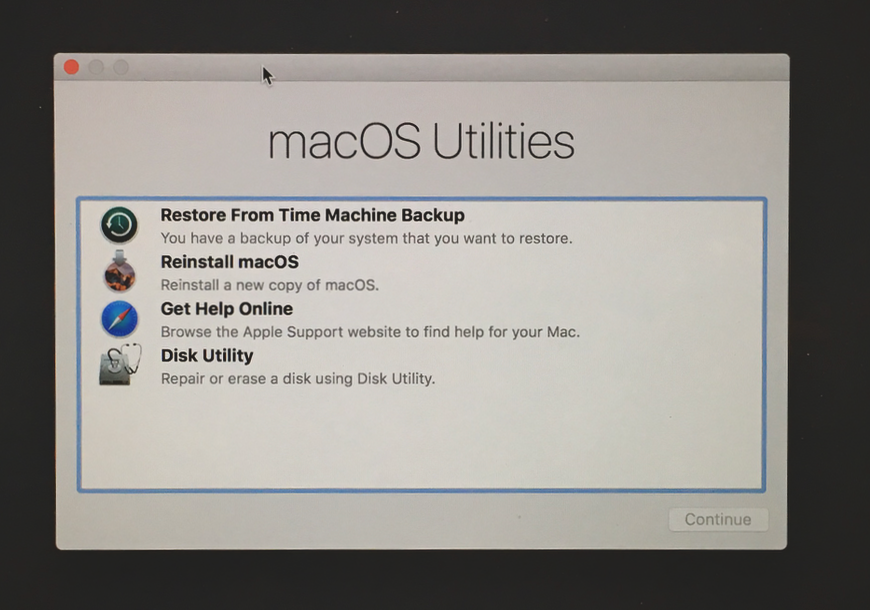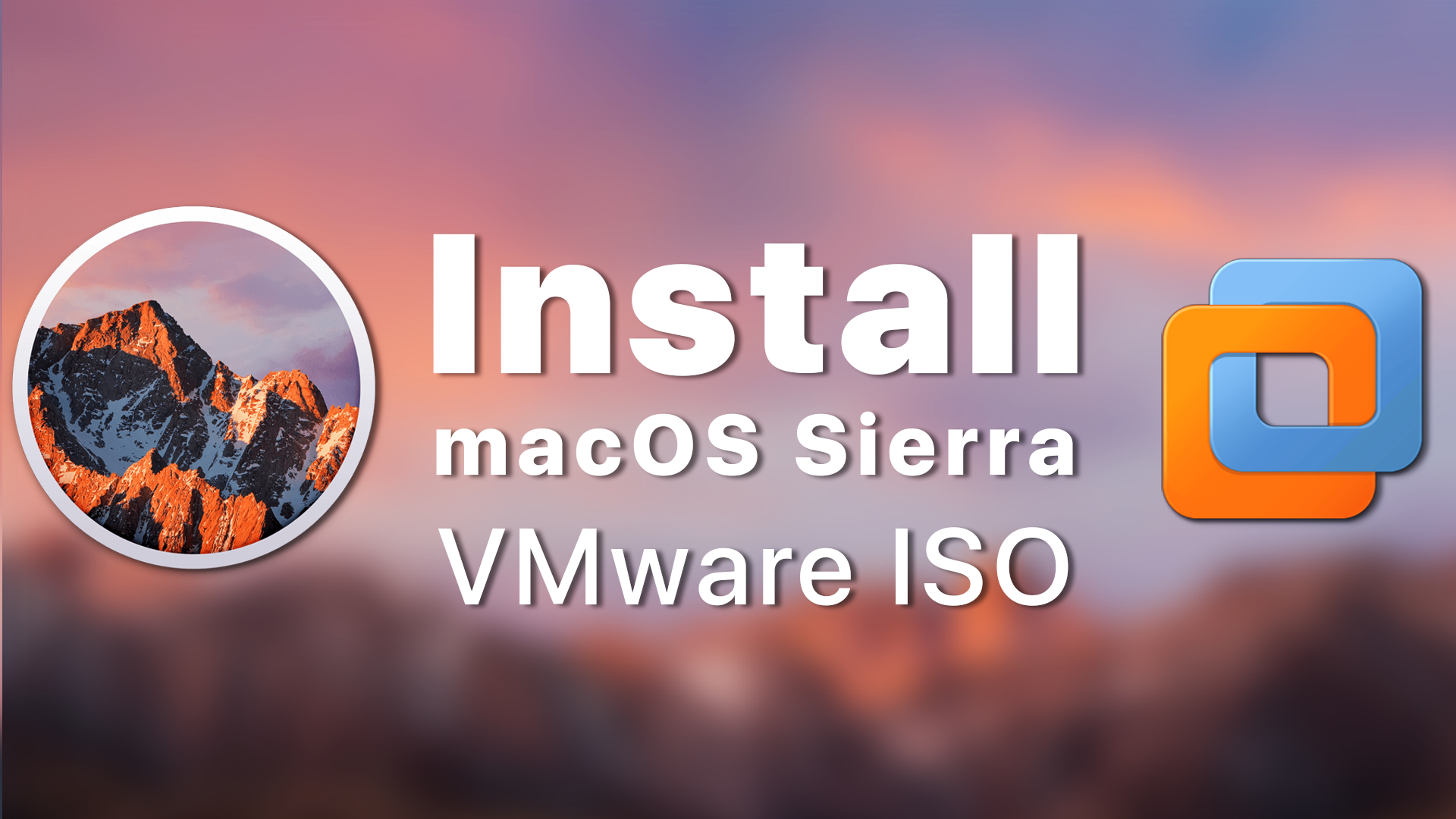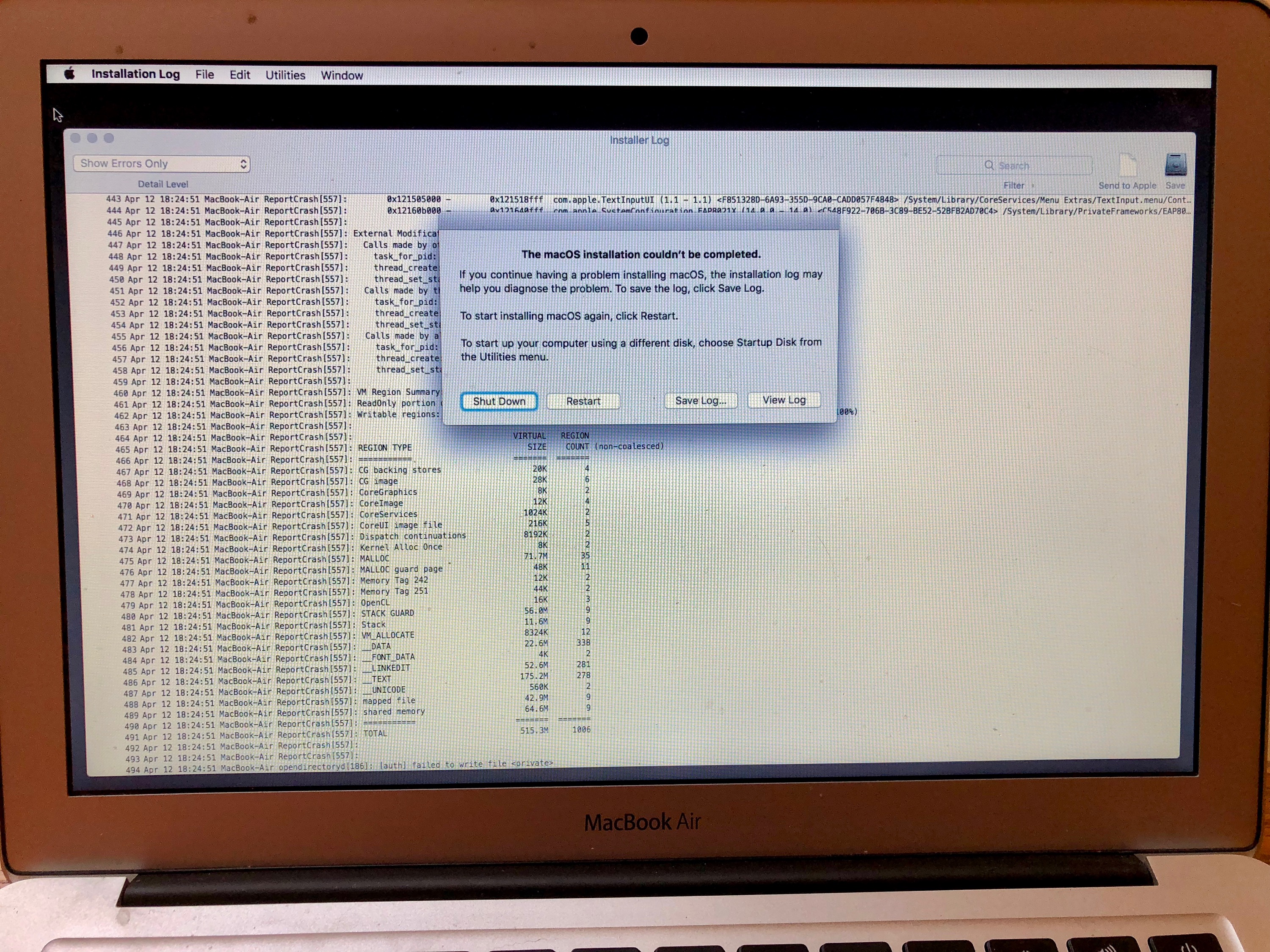
If you want to start over and wipe out the data, you need to go into Disk Utility to reformat the internal drive first, and then install macOS Sierra. If you want to install Sierra and leave the data intact, select Install OS X.
Your Mac will display an OS X Utilites window. Bootable USB Stick for macOS High Sierra 10.13.6 USB Flash Drive for Full OS Recovery, Upgrade Reinstall System Install USB 16GB, Green 4.6 out of 5 stars 19 1 offer from 20. (You don’t need to select a network to proceed.) Click on the external drive and hit Return. After a few moments, your Mac should display the Startup Manager, which will show you the available boot drives. Press down on the Option key while the Mac boots. Plug your external drive into your Mac. You can quit Terminal and your drive is ready for use. You should see Terminal display a “Copy complete” and Done notice. Terminal will copy the installer file to your drive. 
Pick this option to download R for macOS. Obviously, you should click Download R for (Mac) OS X.
INSTALL R FOR MAC SIERRA MAC OS
When that part is done, your Mac may ask you if you want to use the drive for Time Machine. When you click one of the mirrors, you’ll be directed to another page which shows you three download options to accommodate three operating systems (Linux, Mac OS X, and Windows). You’ll see that Terminal erases your drive.To confirm that you want to continue, type Y and hit Return. Terminal will tell you that it will erase your drive.

Terminal doesn’t display characters when you type it in.

Go back to Terminal and paste the copied code at the prompt. Sudo /Applications/Install macOS Sierra.app/Contents/Resources/createinstallmedia -volume /Volumes/Untitled -applicationpath /Applications/Install macOS Sierra.app Solution: First Way > To install gcc compiler on Mac OS X. Launch Terminal (/Applications/Utilities/Terminal.app). 13 or higher (High Sierra), Intel build: contrib: Binaries of package builds for macOS 10. If your drive is named something else, you need to change Untitled to the name of your drive.) (In the Terminal command you will use, I use Untitled to represent your external drive. Connect the external drive to your Mac.







 0 kommentar(er)
0 kommentar(er)
